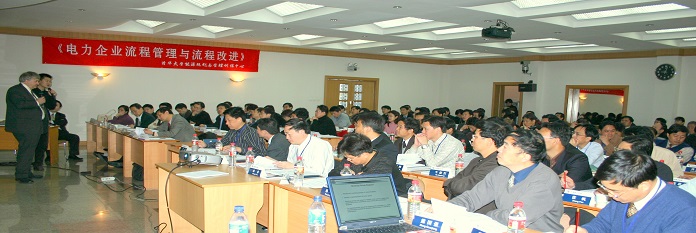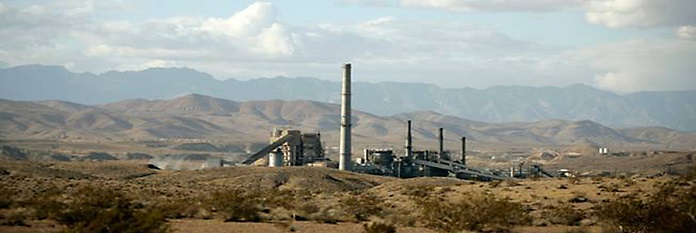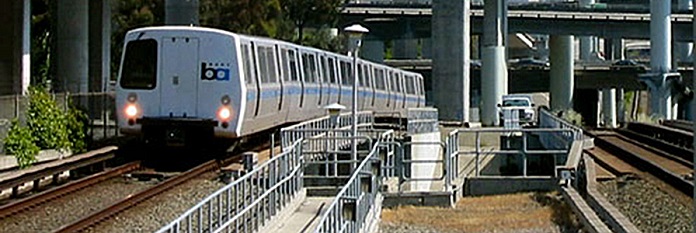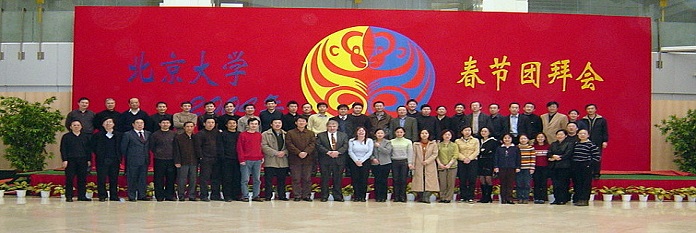Building: High Performance Organizations
In over 20 years of real-world experience, OLC has helped organizations develop specific "Organizational Capabilities" that enable the achievement of high performance, foster innovation and engagement, and help knowledge workers use their full potential.










OLC's "Bigger Pie" Initiative
Let's stop arguing about who gets the biggest piece of the pie, let's work together to make a bigger pie. Lack of knowledge... that is the problem -W. Edwards Deming
"How do you make a bigger pie?" The purpose of "The Bigger Pie Initiative" is to share OLC's answers to this this question with individuals and groups who seek ways to build a better world for all.
OLC Process Improvement Steps
Step 1:Select improvement area and approach, establish shared vision ![]()
| PI Step | Activities | Purpose | Outputs | OLC Resources |
|---|---|---|---|---|
| Step 1: Select improvement area and approach, establish shared vision |
|
|
|
1.1 Organizational Excellence Model 1.2 Establishing a Participative Learning Environment 1.3 Process Improvement: What Works and What Doesn’t 1.4 The Politics of Improvement 1.5 Process Improvement: Why Do It? 1.6 Process Improvement Options: Selecting the Process to be Improved and the Improvement Approach 1.7 Developing a Shared Vision 1.7.1 “The Power of Vision (Video Notes) 1.8 “The Business of Paradigms” Video 1.8.1 Paradigms of the Heart and Mind
|
Step 2:Establish project team and develop project plan ![]()
| PI Step | Activities | Purpose | Outputs | OLC Resources |
|---|---|---|---|---|
| Step 2: Establish project team and develop project plan |
|
|
- Project purpose - Roles & responsibilities - Project plan |
2.1 Establishing Improvement Teams 2.2 Teamwork Tools 2.2.1 Team Roles 2.2.2 Social Style Survey 2.2.3 Personal Style Inventory 2.2.4 Hill of Influence 2.2.5 Team Meeting Survey 2.2.6 Index of Learning Styles 2.3 Personal Style, Perceptions, and Communication 2.4 Developing a Project Plan 2.5 The Improvement Cycle 2.6 The Process of Process Improvement
|
Step 3:Create a Systems Diagram ![]()
| PI Step | Activities | Purpose | Outputs | OLC Resources |
|---|---|---|---|---|
| Step 3: Create a Systems Diagram |
|
|
|
3.1 Deming and Systems Thinking including The Red Bead Experiment (Demonstration) 3.2 Process Basics 3.3 Developing Systems Diagrams 3.3.1 Deming Video Segment
|
Step 4:Develop a flow chart and process description ![]()
| PI Step | Activities | Purpose | Outputs | OLC Resources |
|---|---|---|---|---|
| Step 4: Develop a flow chart and process description |
|
|
|
4.1 Developing Flow Charts 4.2 Process Descriptions
|
Step 5:Identify process problems and quick fixes ![]()
| PI Step | Activities | Purpose | Outputs | OLC Resources |
|---|---|---|---|---|
| Step 5: Identify process problems and quick fixes |
|
|
|
5.1 Process Improvement Basics 5.2 Identifying Process Problems and Quick Fixes
|
Step 6:Establish and collect process measures ![]()
| PI Step | Activities | Purpose | Outputs | OLC Resources |
|---|---|---|---|---|
| Step 6: Establish and collect process measures |
|
|
|
6.1 Establishing Process Measures and Collecting Data 6.2 Human Efficiency Equation 6.3 Process Networks 6.4 Establishing/Collecting Performance Measures and Linking to the Process
|
Step 7:Prioritize process problems and link to process ![]()
| PI Step | Activities | Purpose | Outputs | OLC Resources |
|---|---|---|---|---|
| Step 7: Prioritize process problems and link to process |
|
|
|
7.1 Prioritizing Problems and Linking to the Flow Chart 7.2 Using Pareto Charts to Prioritize Problems
|
Step 8:Analyze root causes of process problems ![]()
| PI Step | Activities | Purpose | Outputs | OLC Resources |
|---|---|---|---|---|
| Step 8: Analyze root causes of process problems |
|
|
|
8.1 Finding Solutions to Problems and Creating Improvement Plans 8.2 Analyzing Root Causes of Process Problems 8.3 Categorizing Root Causes 8.4 Factors Influencing Performance
|
Step 9:Identify and prioritize possible improvements ![]()
| PI Step | Activities | Purpose | Outputs | OLC Resources |
|---|---|---|---|---|
| Step 9: Identify and prioritize possible improvements |
|
|
|
9.1 Using the House of Quality to Analyze Root Causes 9.2 Benchmarking: A Process-Based Approach 9.3 Performing Cost-Benefit Analysis
|
Step 10:Plan for implementing improvements ![]()
| PI Step | Activities | Purpose | Outputs | OLC Resources |
|---|---|---|---|---|
| Step 10: Plan for implementing improvements |
|
|
|
10.1 Developing Improvement Recommendations 10.2 Planning Improvements 10.3 Tracking Improvements 10.4 Process of Process Improvement Revisited
|
Step 11:Implement improvements ![]()
| PI Step | Activities | Purpose | Outputs | OLC Resources |
|---|---|---|---|---|
| Step 11: Implement improvements |
|
|
|
11.1 Implementing Improvements and Starting on Continuous Improvement 11.2 Overview of Statistical Process Control (SPC) 11.3 The Improvement Cycle and Dynamic Planning
|